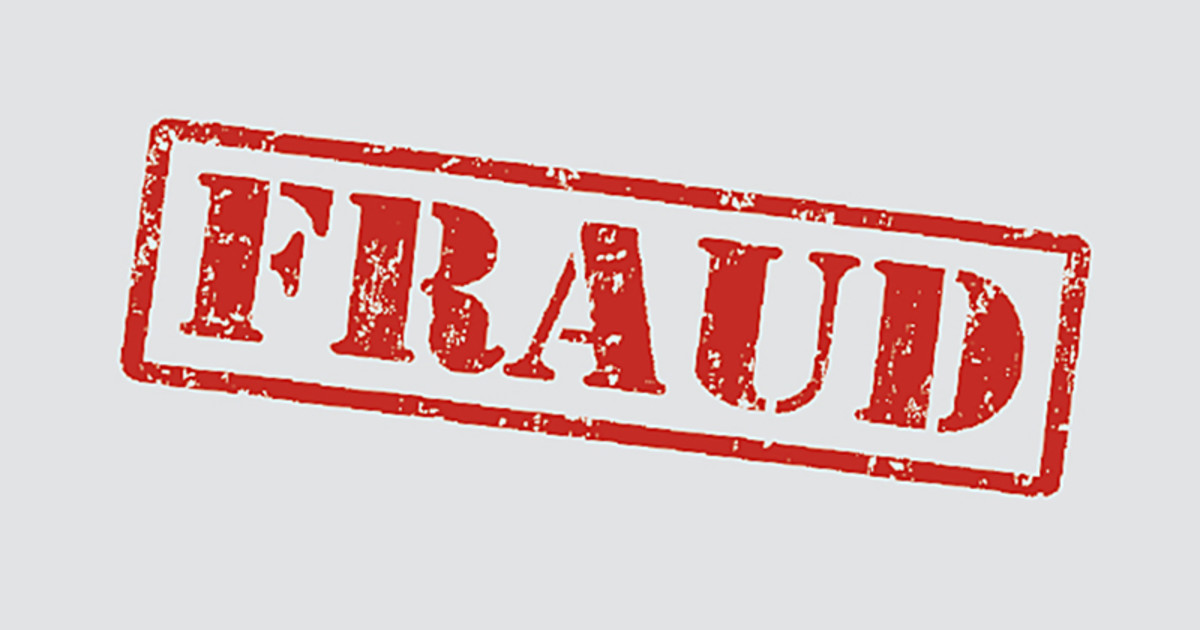How Fake News Begins on the Internet

Fake news is a concerning discovery made during the 2016 presidential election, when people in foreign countries were paid to create stories for the Web to sway American voters. Some of the stories blasted Clinton while others did the same to Trump. The fake news items started to hit the Web about 10 days before the election and gradually increased as it got closer. Their impact may have had the desired result- that is, helping Trump be elected since the majority were anti-Clinton in nature.
Fake news can look to be legitimate. Take the story headline, Chris Christie Arrested for Keying Trump's Limo". I ran into this story on Flipboard, a news gathering app on my iPhone. My initial reaction was "really?". I mused about it and reasoned that Christie could do such a thing if angry despite my hovering disbelief over the matter. I read the story, which all was reported as if a real news story. Of course, keying a car (using a car key to rip paint off the car) is simply horrible to encounter requiring expensive repairs. With that in mind, and the fact that keying is usually are reserved for teens who are REALLY pissed off about something, I started to doubt the veracity of the "news" story. After all, none of the media news outlets even mentioned this epic, crazy, Christie event, which I thought was very odd. Christie news like this would be "Headline News" on CNN and FOX for sure, yet, there was nothing. I continued to search online.
My search only located a piece in the New Yorker magazine. Other websites all referred to the same story about how Christie was arrested for this teen reaction for not being part of Trump's presidential team. After all, Christie was a devout follower and promoter early in the election then left dangling in the wind once Trump did not need him. One could reason why Christie might do this because Trump really screwed him over and used him.
The story in the New Yorker was actually not news at all but a satire piece that was spun as news on the Web! That is how fake news can accidentally seem like real "news" because none of the Web articles indicated it was just a satire story! They should know better because it was noted in the original New Yorker article.
Hmmm, maybe they did and just wanted viewers? LOL. The moral of the story is to verify that what you read is real news.






